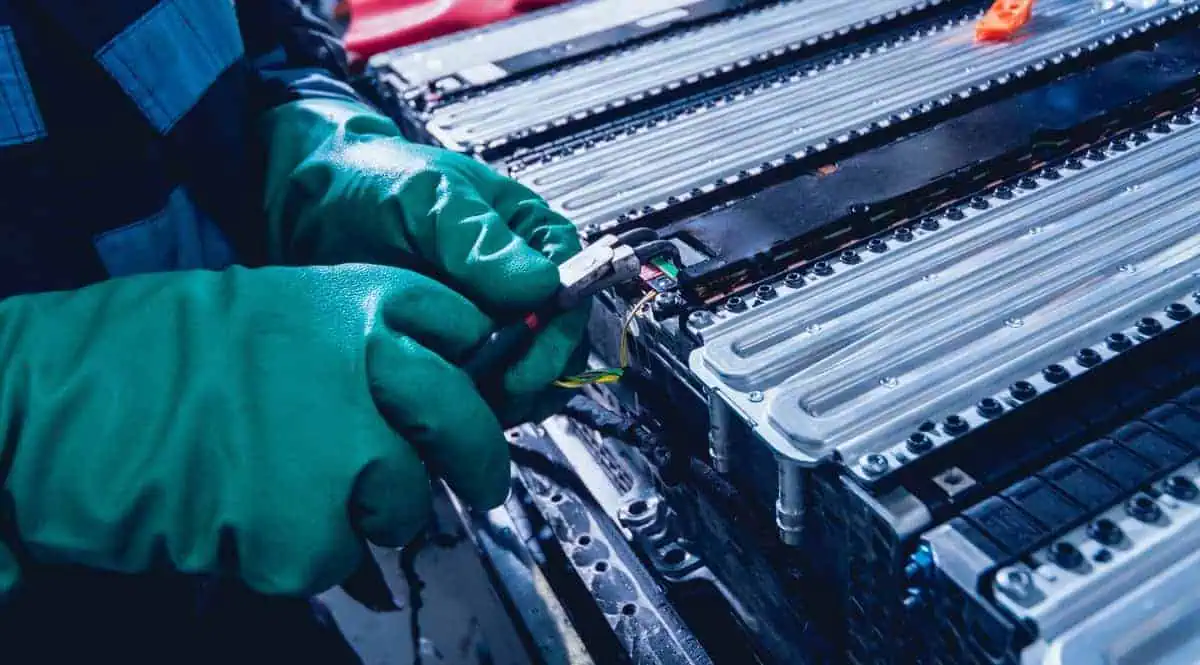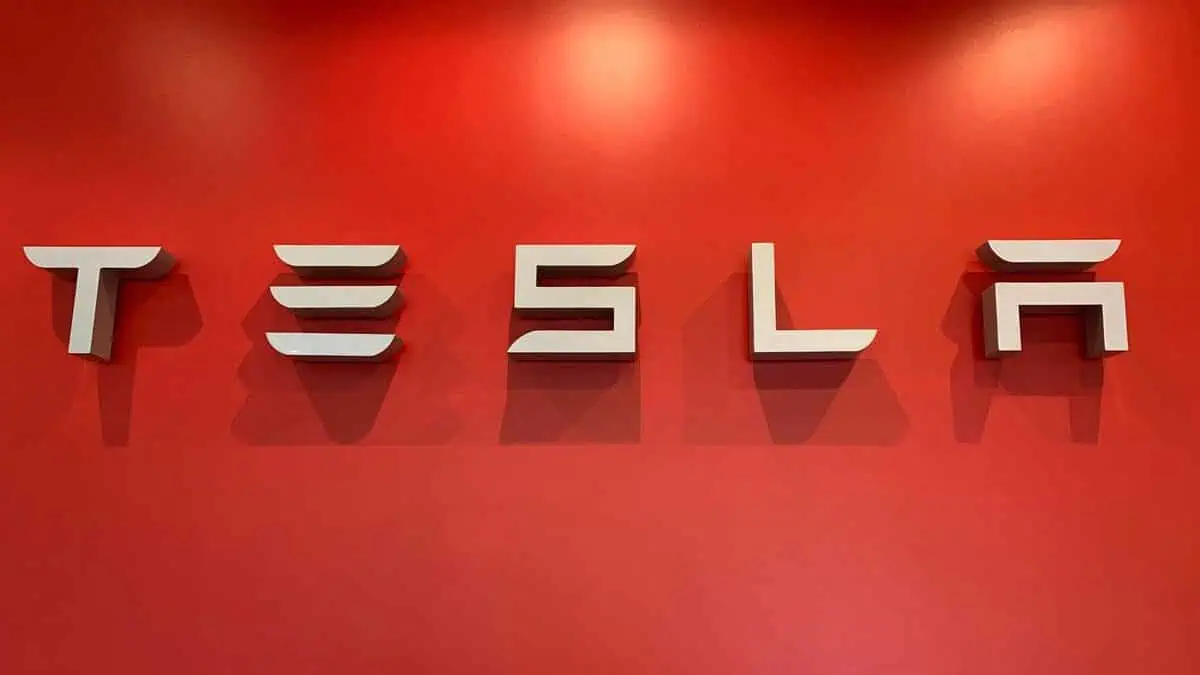The battery market of passenger EV, including BEVs, PHEVs, and HEVs, substantially grew in 2022 worldwide, per Adamas Intelligence.
The report noted that the global battery capacity deployment in new sales of passenger xEVs reached approximately 488.3 gigawatt-hours (GWh) last year. That amount represents a whopping year-on-year growth of 70.2%.
Note: the provided data exclude commercial xEVs, energy storage systems, or other applications.
Global battery deployment in the last three years (new passenger xEVs sales)
The first half of 2022 recorded deployment of 196.6 GWh, indicating a YoY increase of 79%. Meanwhile, the second half of the year broke the previous record with 291.7 GWh deployment, up 64% YoY and around 50% from H1 2022.
For comparison, global battery deployments on newly sold passenger xEVs were only 286.2 GWh in FY 2021 and only 134.5 GWh in FY 2020.
Battery capacity deployed onto roads globally (newly sold passenger xEVs):
- 2022: 488.3 GWh (up 70.2% year-over-year)
H1: 196.6 GWh (up 79% YoY)
H2: 291.7 GWh (up 64% YoY)
- 2021: 286.2 GWh
- 2020: 134.5 GWh
Notably, the LFP battery chemistry increased by more than 50% to over 144 GWh. It accounts for more than 29% of the overall volume.
Top 10 xEV battery makers in 2022
Chinese power battery giant CATL dominated the xEV battery market in 2022 with 156.1 GWh deployment, indicating a YoY growth of 78% and a 32% market share.
CATL substantially beat South Korean rival LG Energy Solution with only 89.9% GWh capacity deployment. Nonetheless, LGES still noted a remarkable YoY growth of 42% with an 18.4 market share.
Another Chinese company BYD landed the third spot with 69.9 GWh deployment last year and a market share of 14.3%.
Below are the top 10 global xEV battery makers in 2022:
- CATL: 156.1 GWh (up 78% YoY and 32% market share)
- LG Energy Solution: 89.9 GWh (up 42% YoY and 18.4% market share)
- BYD: 69.9 GWh (up 189% YoY and 14.3% market share)
- Panasonic
- SK Innovation’s SK On
- Samsung SDI
- CALB
- Gotion
- Farasis Energy
- SVOLT
Unfortunately, Adamas has not included the data for the top 4 to 7 xEV makers.
It is worth noting that CATL, LGES, and BYD account for nearly two-thirds (65%) of the total volume. Meanwhile, the top 5 contributes 79%.
The report also noted that the top 10 global battery firms hold 94% of the xEV battery market. Therefore, battery makers only contributed 30 GWh of battery deployment last year.
See Also:
- Global EV battery market share in November
- VinES and Li-Cycle announced a global battery recycling partnership launch
- Western Australia: A global battery and critical minerals hub
- Marelli secures a global contract for the supply of its Battery Management Systems to a major automaker
- BofA Global says Inflation Reduction Act could shift EV battery composition
As for the average battery capacity, it reached 33.9 kilowatt-hours (kWh) per xEV battery pack last year, indicating a YoY growth of 39.5% from just 27.8 kWh in 2021. Considering that PHEVs and HEVs have smaller batteries than all-electric vehicles inevitably reduces this figure. The typical battery pack for a BEV is likely closer to 60 kWh.






